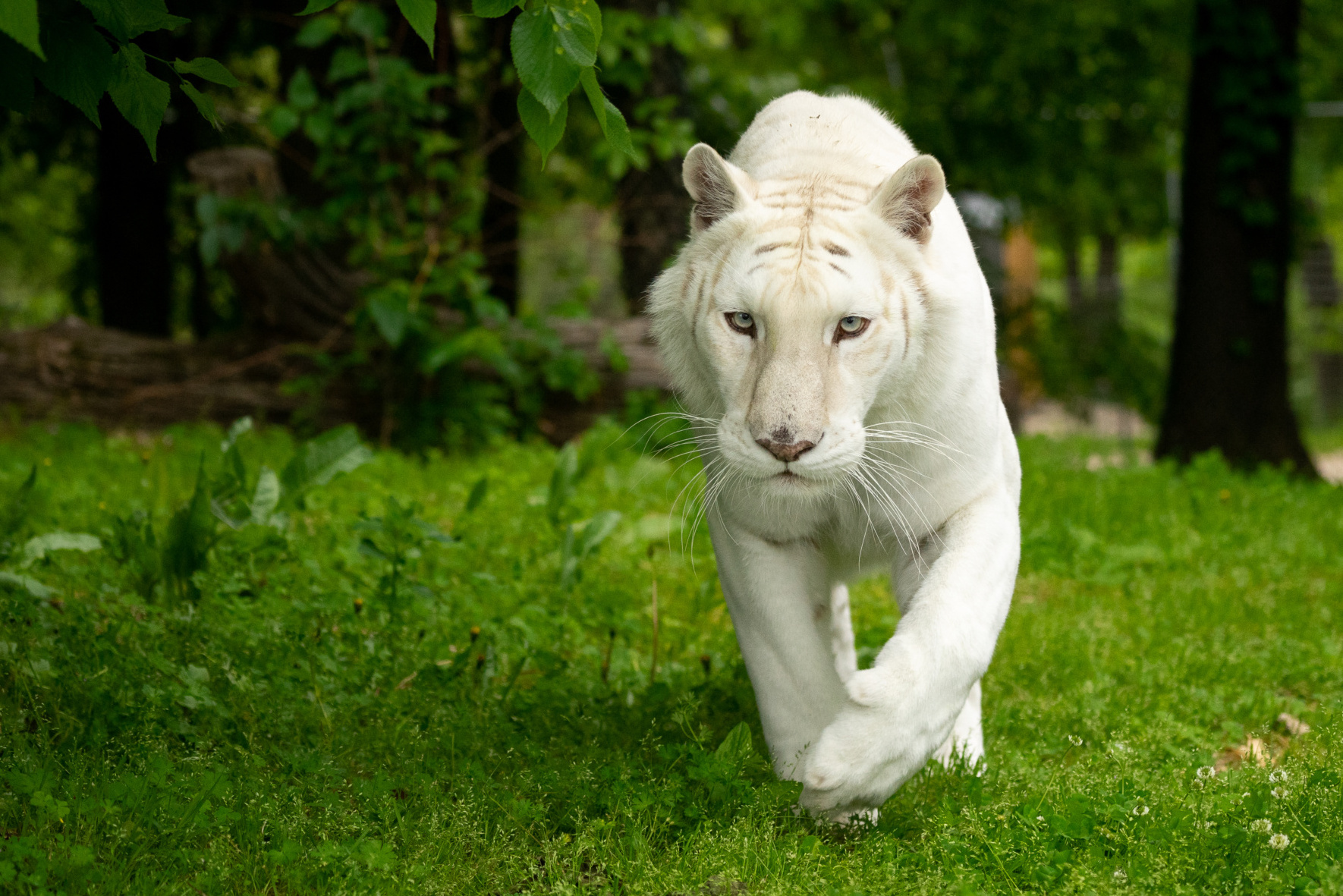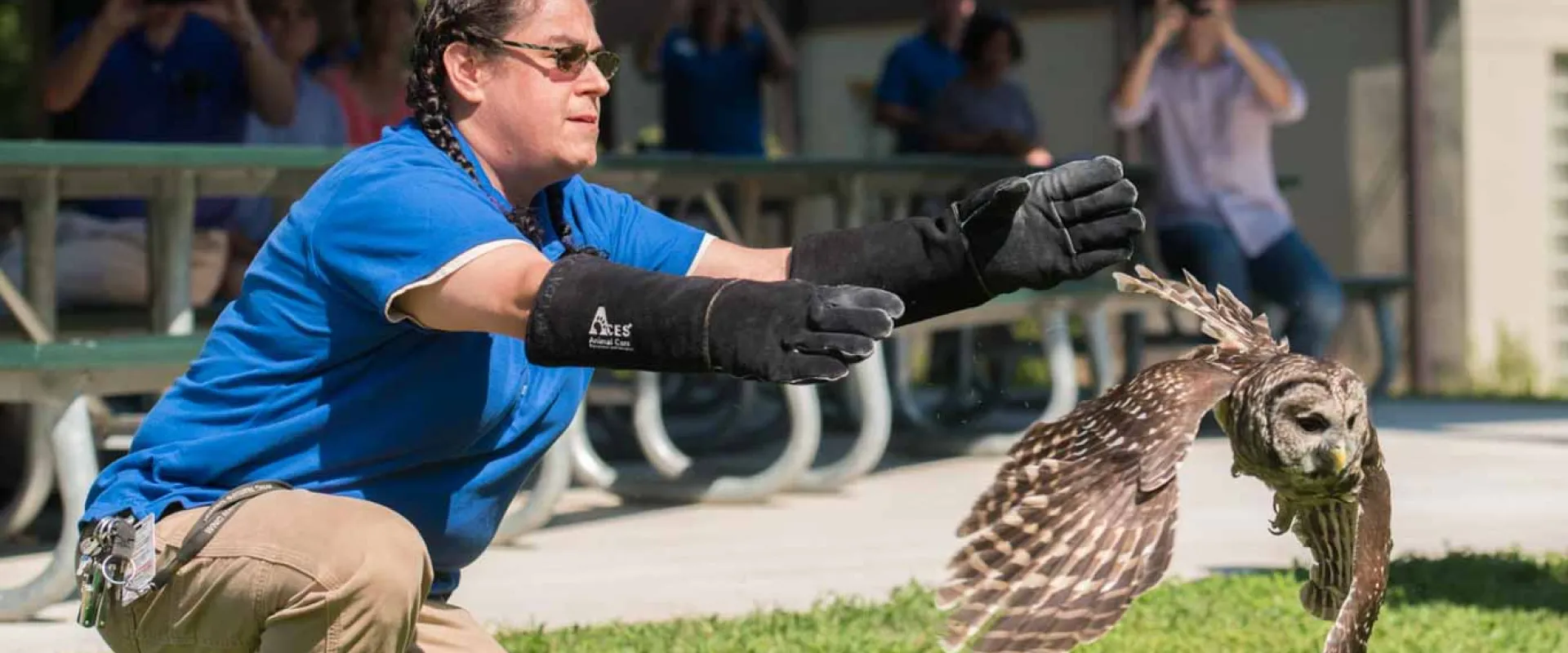Expert Insights on Burlington Animal Control for Animal Owners
Expert Insights on Burlington Animal Control for Animal Owners
Blog Article
The Role of Humane Wild Animals Removal in Protecting Resident Ecosystems
Humane wild animals elimination is not simply an honest factor to consider yet a crucial component in protecting neighborhood ecological communities. By focusing on non-lethal methods, it addresses the delicate balance in between human expansion and wild animals environment preservation.
Comprehending Human-Wildlife Conflicts
Human-wildlife conflicts typically arise when the all-natural habitats of animals converge with human tasks, resulting in competitors for resources and room. As urbanization and agricultural expansion proceed to intrude upon wildlife territories, animals such as coyotes, deer, and raccoons locate themselves in closer distance to human populations. This distance can lead to destructive effect on both wildlife and humans, as animals might cause damages to plants, infrastructure, and individual residential or commercial property while human beings might unintentionally damage wildlife via environment destruction and various other anthropogenic stress.
The intricacy of these conflicts stems from a range of variables. Changes in land use, climate adjustment, and the fragmentation of communities often require wildlife to adapt to brand-new environments, in some cases leading them into household or industrial locations. In addition, the availability of human-generated food sources, such as waste and pet dog food, can draw in wild animals to human settlements, exacerbating communications and potential problems.
Resolving human-wildlife problems requires a nuanced understanding of animal actions, ecological characteristics, and socio-economic considerations. By researching these communications, policymakers and conservationists can establish techniques that aim to minimize problems while preserving biodiversity and keeping ecological balance. The objective is to promote conjunction and reduce adverse effect on both human communities and wildlife populations.
Value of Non-Lethal Methods
Reducing human-wildlife conflicts demands strategies that prioritize the health of both pets and humans. Non-lethal methods of wild animals removal symbolize this ethos by offering services that stop damage to wild animals while resolving human problems. These techniques include exemption strategies, habitat modification, and the usage of deterrents to prevent wildlife from going into human settings (burlington wildlife rescue). By employing such methods, we can manage wild animals communications without turning to dangerous actions, thereby protecting animal populaces and minimizing ethical concerns connected with murder.
These techniques frequently show much more reliable in the long term, as getting rid of individual animals can produce a void that is swiftly filled up by various other participants of the varieties or various species altogether. This can lead to a cycle of recurring removal initiatives, whereas non-lethal deterrents address the root creates of wildlife visibility.
Additionally, non-lethal methods foster conjunction by enlightening the public regarding wild animals behavior and motivating harmonious living practices. This awareness can cause extra lasting human-wildlife communications, inevitably protecting both neighborhood passions and pet welfare.
Benefits for Biodiversity
When non-lethal wildlife elimination techniques are utilized, they contribute considerably to biodiversity preservation. By making certain the secure moving of animals rather than their eradication, these methods preserve ecological equilibrium and safeguard the integrity of environments. Humane strategies minimize disturbances to local animals, enabling indigenous species to thrive. This preservation is vital as each varieties plays a special role, commonly as pollinators, killers, or prey, which collectively sustain ecosystem functionality.

Additionally, these approaches cultivate conjunction between people and wildlife, lowering adverse communications and maintaining the rich tapestry of life that defines biodiverse regions. This strategy encourages a deeper understanding and regard for wild animals, fostering neighborhood assistance for conservation initiatives. Ultimately, gentle wildlife elimination is a crucial component in securing biodiversity, ensuring environments continue to be lively and functional for future generations.
Strategies for Efficient Removal
Executing efficient methods for gentle wildlife elimination requires a thorough understanding of pet habits and habitat needs. This knowledge functions as the foundation for developing techniques that make certain the moral and secure moving of wild animals. One key strategy includes carrying out complete analyses of the afflicted location to recognize the varieties existing and the specific difficulties they present. This evaluation helps in designing tailored approaches that minimize tension and damage to the pets.
One more vital strategy is utilizing exemption techniques, which concentrate on sealing access factors to stop animals from returning to structures. This approach not just resolves the instant concern but also acts as a lasting remedy, decreasing future disputes between humans and wildlife. The use of non-toxic deterrents and repellents can motivate animals to leave areas willingly, enhancing other elimination initiatives.
Capture and moving must always be a last resort, employed only when pets position a direct hazard or are not able to leave by themselves. In such instances, making use of gentle catches and ensuring the launch of pets in appropriate habitats are necessary to safeguarding their welfare. Partnership with wild animals specialists and adherence to lawful laws better boost the efficiency of these strategies.

Encouraging Coexistence in Urban Locations
Advertising conjunction in city areas requires a complex strategy that stabilizes human advancement with the needs of neighborhood wild animals. As urbanization remains to broaden, it is essential to carry out techniques that alleviate human-wildlife problems while protecting biodiversity. Urban planners and policymakers must incorporate eco-friendly spaces, such as parks and wildlife corridors, right into city styles to supply habitats for native varieties. These areas not just support wild animals however likewise boost the quality why not try this out of urban life by boosting air quality and offering leisure areas for locals.
Education and understanding projects are essential in cultivating a society of coexistence. Citizens need to comprehend the importance of wild animals and the role they play in local ecosystems. Workshops and informative sessions can gear up areas with knowledge on exactly how to decrease disputes, such as safeguarding garbage and utilizing humane deterrents to avoid wild animals invasion.
Additionally, modern technology can find more play a considerable duty in promoting coexistence. The usage of wildlife monitoring systems, as an example, can help track pet activities and inform urban planning decisions. Cooperations between environmental companies, local governments, and community teams can even more reinforce these initiatives, making sure that city development proceeds sustainably while respecting the ecological equilibrium.
Final Thought
Humane wild animals removal is vital for preserving environmental equilibrium and biodiversity by using non-lethal techniques that reduce damage to pet populaces. Understanding human-wildlife conflicts and applying techniques such as exemption techniques and environment alteration can efficiently take care of these encounters. Such strategies sustain the preservation of indigenous types and their habitats, improving community interaction and recognition. Ultimately, advertising coexistence in metropolitan locations promotes a harmonious relationship between human beings and the all-natural atmosphere, making sure sustainable environments for future generations.
As urbanization and farming growth proceed to elbow in upon wildlife regions, animals such as prairie wolves, raccoons, and deer find themselves in closer closeness to human populations. Non-lethal techniques of wildlife removal embody this ethos by providing solutions that protect against injury to wild animals while addressing human issues. By utilizing such strategies, we can handle wild animals communications without resorting to lethal steps, consequently preserving animal populations and minimizing ethical problems connected with murder.
Implementing efficient techniques for humane wild animals elimination needs a comprehensive understanding of pet habits and environment Click Here requirements.Humane wild animals elimination is crucial for maintaining eco-friendly balance and biodiversity by using non-lethal approaches that decrease damage to animal populaces.
Report this page